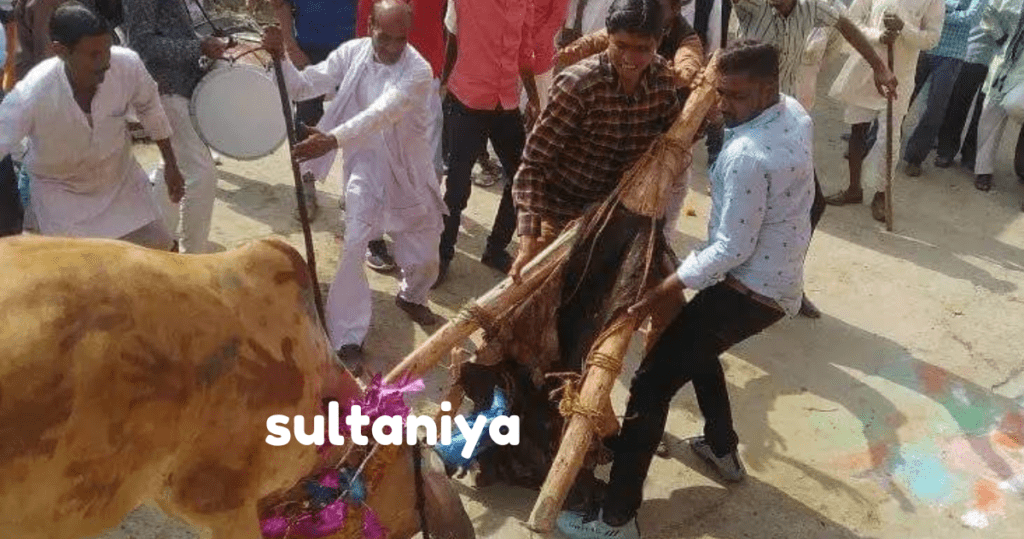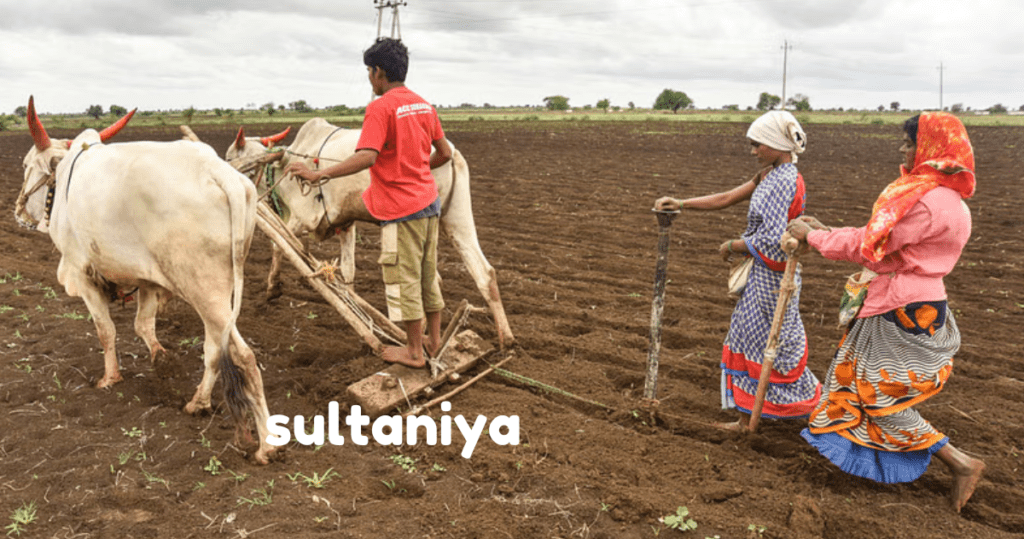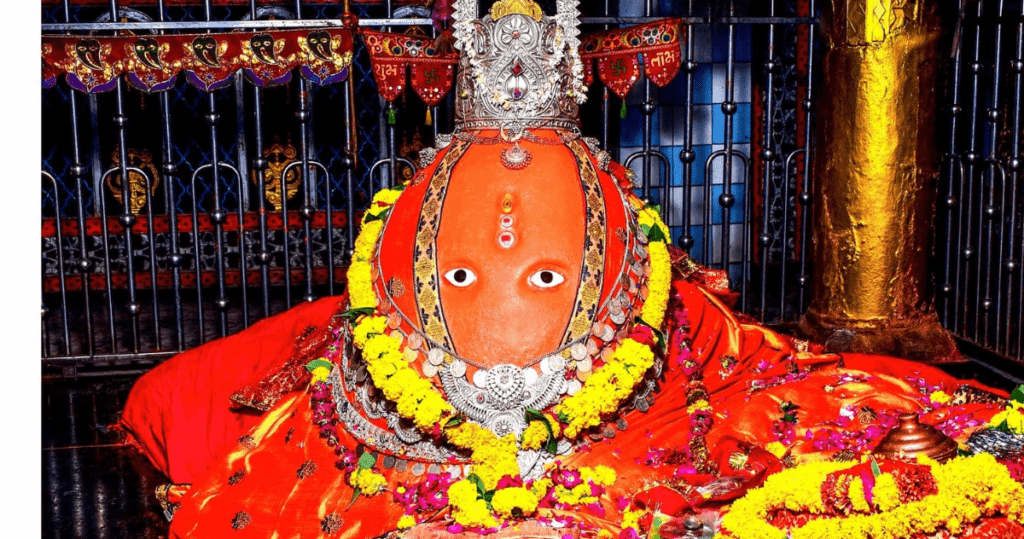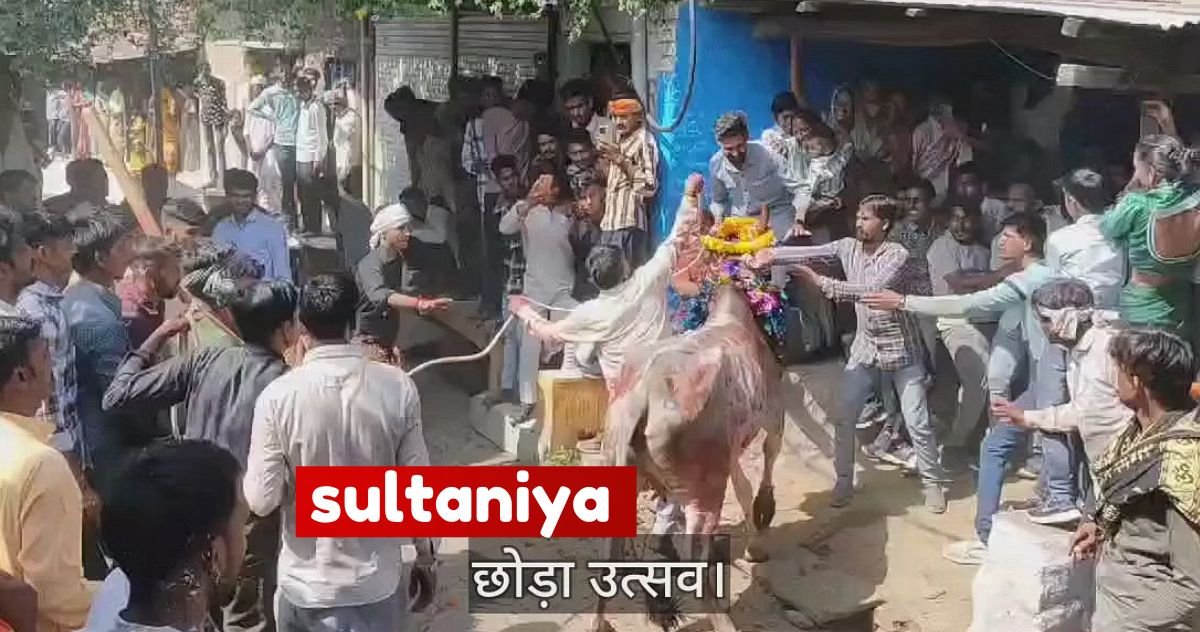Sultaniya village is merely a small place in the Rajgarh district of Madhya Pradesh, but it is much more than that, it is the symbol of cultural richness, historical depth, and community spirit. This has got many traditions with unusual festivals and a placid atmosphere that made this village hold a special position in the heart of its residents. Let us delve into the story of Sultaniya, which is known for its rich history and cultural heritage as well as its people’s sustainable lifestyle.
A Glimpse Into Sultaniya’s History
At first glance, Sultaniya appears to be a small village, but it possesses deeper historical roots. The village was one of the greatest commercial and cultural centers during ancient times. Old mansions, temples, and other ancient and historical structures are scattered in this area. The ruins of those structures narrate stories about its glorious past.
The history of Sultaniya is not just structures. It’s about oral traditions, folk songs, and old customs passed on from generation to generation to make this village’s heritage so rich.
CHODA Festival: Expression of Unity and Tradition
Sultaniya hosts one of the most famous and enthusiastic festivals CHODA all over the world. It takes place during the Dipawali season on the next day of the main festival.
The word “Choda” means “small but significant.” That is the heart of the celebration: it’s for the community. During the festival, locals decorate their houses, gather with friends and family members, and perform some traditions that portray the cultural legacy of the village.

An important part of the festival is an activity with a wooden stick tied with Dhona-a local plant. This stick is ornamented with natural materials, and the festival begins with a great ceremony where the villagers come together to perform the rituals. Accidents are frequent as people celebrate with all their energy, but the spirit of the festival does not break.
Visitors from nearby areas and those who migrated out in search of jobs or higher studies come back to the village just to attend and celebrate this very astonishing event. Some of these events attract 1,000 to 2,000 people every year and hence become a huge celebration for all the involved individuals.
The Cultural Fabric of Sultaniya
It is not just the festivals of Sultaniya that characterize it; the culture is interwoven in the daily lives of its residents. The people of this village hold onto their traditions, as seen in their folk dances, songs, and stories.
The village culture also has practices that strengthen the bond between individuals and nature. Each event, whether a marriage or a harvest celebration, is filled with cultural richness. The belief of the villagers in unity, respect for elders, and reverence for nature makes their culture unique.
As such, Sultaniya also like other village centers of the India is prone to casteism. SC groups cannot enter a temple nor sit individually among other masses at any occasion. This must be a concern on immediate basis that action must be taken to call out for truly equal society.
Hanuman Temple: A Spiritual Heart of Sultaniya
At the heart of Sultaniya lies the Hanuman Temple, a sacred site for the villagers. This temple is not only a place of worship but also a hub of spiritual gatherings and community interactions.
Devotees thill the temple every Tuesday and Saturday to offer prayers to Lord Hanuman. The temple is a preserve of a centuries-old peepal tree that surrounds it making it serene. Divisions of this temple were renovated in 2024, rendering it even more beautiful to the eye of every visitor and worshipper.
The Hanuman Temple epitomizes faith, peace, and unity by unifying the human race regardless of their differences.
Farming: The Backbone of Sultaniya
Agriculture is the source of livelihood for the majority. Since the soil is fertile and the people of Sultaniya do work hard, the farm produces crops like wheat, soybeans, and other grains for widespread consumption.

However, unlike any other district, Sultaniya introduced organic farming practice in the districts. The farming people here went organic, they never used chemicals fertilizers here and modern system of irrigation system is also been practiced here that would not just yield better outputs but also take care of environmental equilibrium.
All these farmers became an example before people living in neighborly villages in being able to get their traditional outputs using modern changes.
Education: Building a Brighter Future
Education is something that is very well understood in Sultaniya. In fact, there is a government school here, which provides education up to the 10th grade. This initiative is a result of hard-working teachers and enthusiastic students.
There were some real great teachers in school: Solanki Sir, who was excellent at maths, and Mahawar Sir, whose Sanskrit lessons were more like a game. They were not only educators but gave kids the sense of discipline and the urge to discover things.
Parents in Sultaniya are extremely keen on the education of their children, with a belief that knowledge is all that will shape the village towards better prosperity and progress.
Sustainable Living in Sultaniya
The most important characteristic of Sultaniya is its sustainability. The villagers have learned to live in ways that harmonize with nature, yet enhance their quality of living.
Here are some notable initiatives:
- Solar Energy: Solar panels have been erected at various locations in the village so that electricity can be produced using sunlight.
- Water Conservation: The reuse of water is promoted among the villagers so that wastage is minimized.
- Reduction in Plastic Use: Sultaniya has moved ahead to ban plastic usage and use biodegradable products instead.
It thus saves its own natural resources plus forces other villages to do likewise.
The Legend of Maa Bhainswa Rani
Sultaniya has a divine importance with a god in its village, called Maa Bhainswa Rani. Mythological belief it is said Maa Bhainswa Rani was born from Sultaniya; therefore this village became holy center.

Each year, the followers do specific rituals and festivals in her honor. The favors that are still revered of her help the people of Sultaniya unite; in turn, their cultural and spiritual identity within the village gets intensified.
Challenges and Opportunities
Though Sultaniya has gone great in the aspect of keeping up its tradition and adopting environmentally friendly methods, there is an issue of casteism, and an alternative source of income for all its people that it needs to solve before this village becomes even more inclusive and developed.
Read more about Sultaniya, India on Wikipedia

